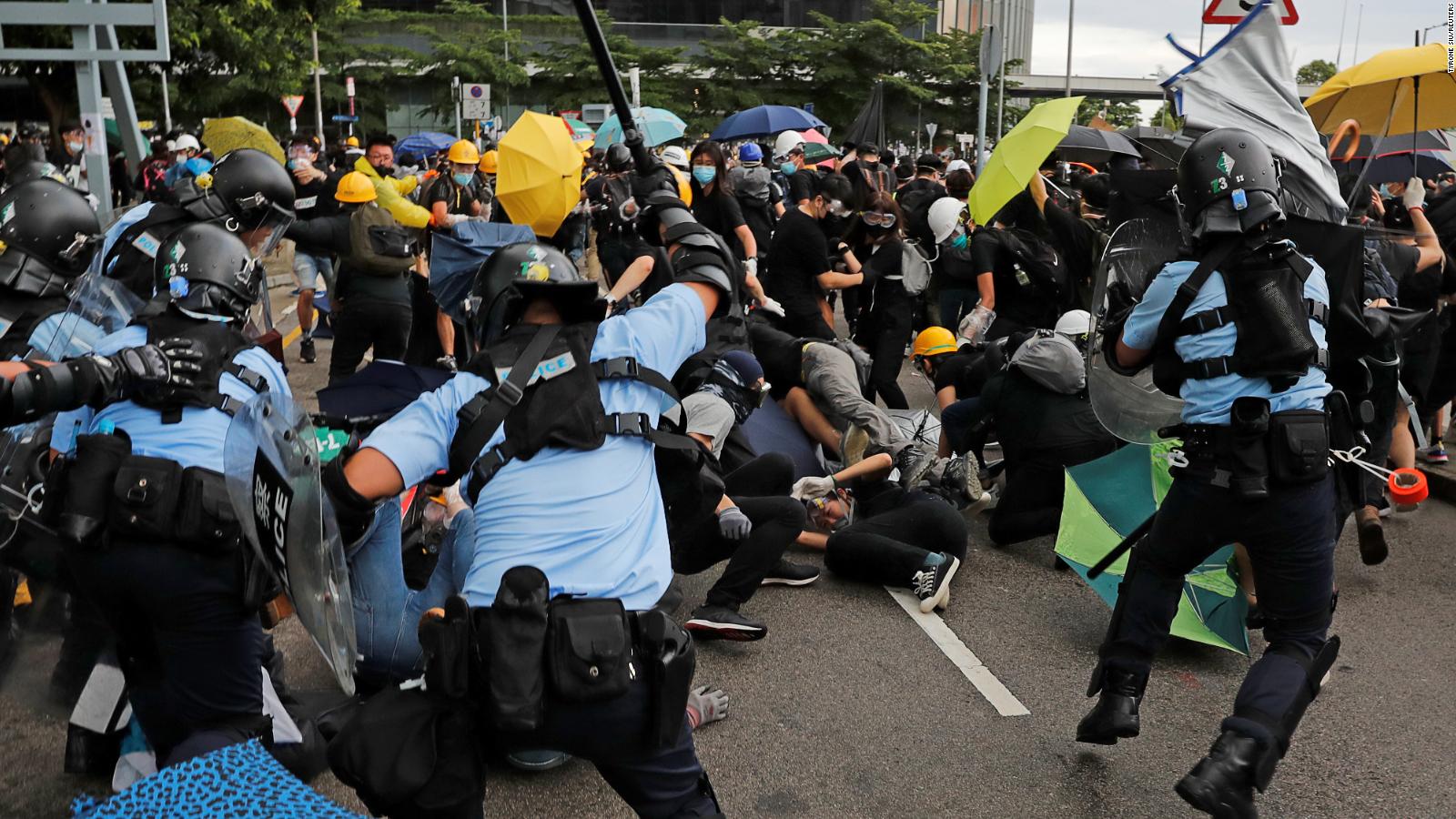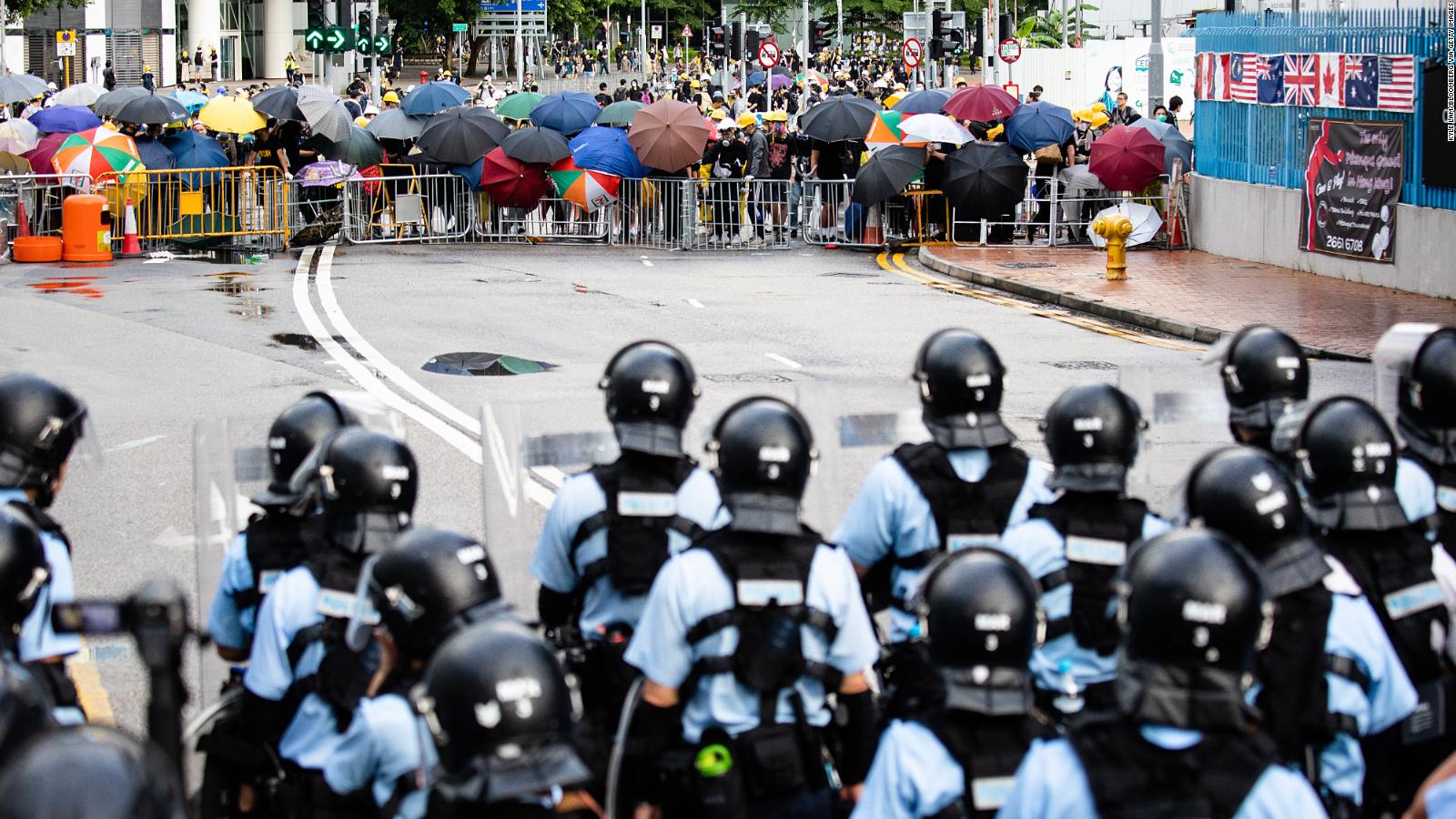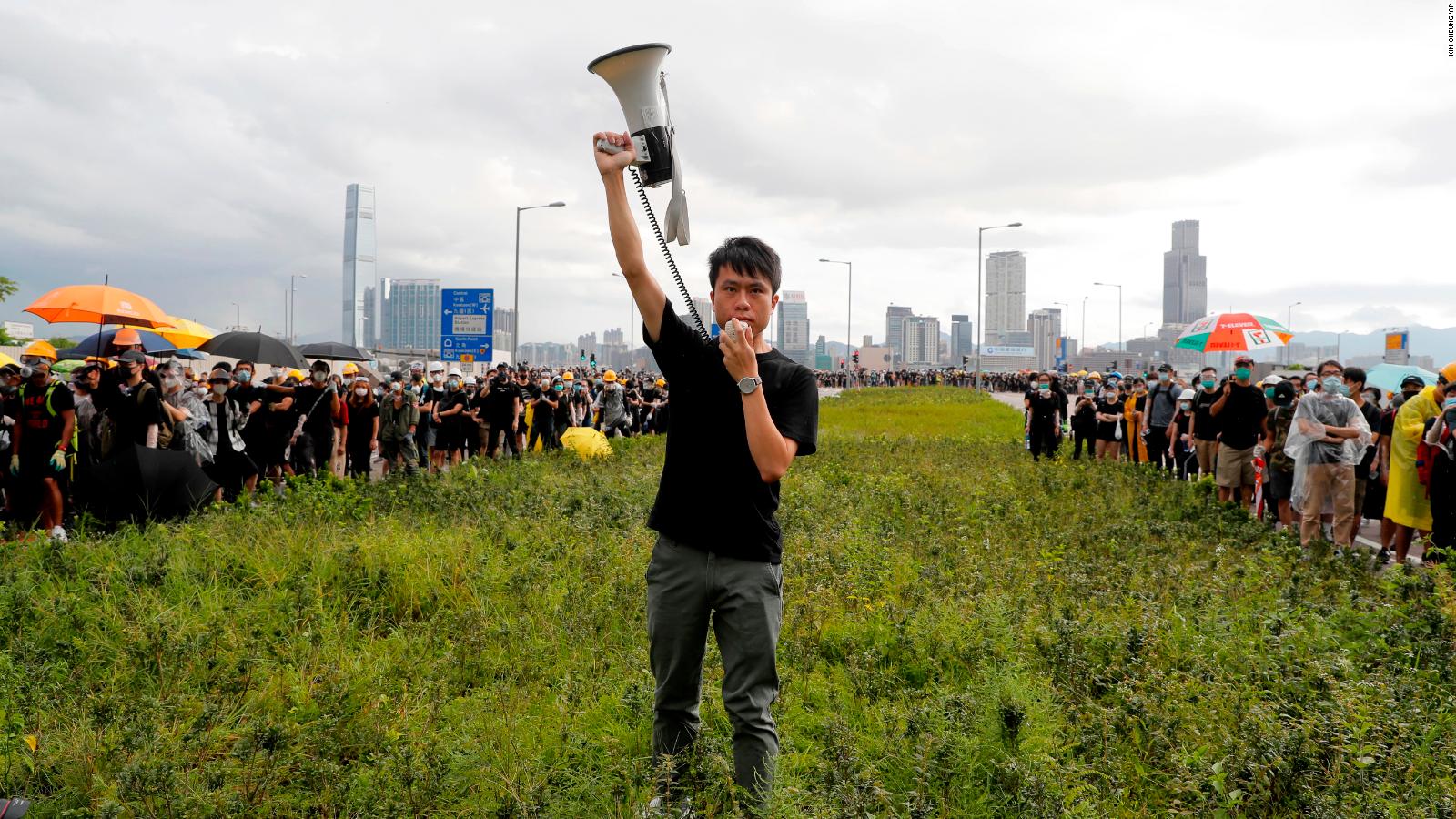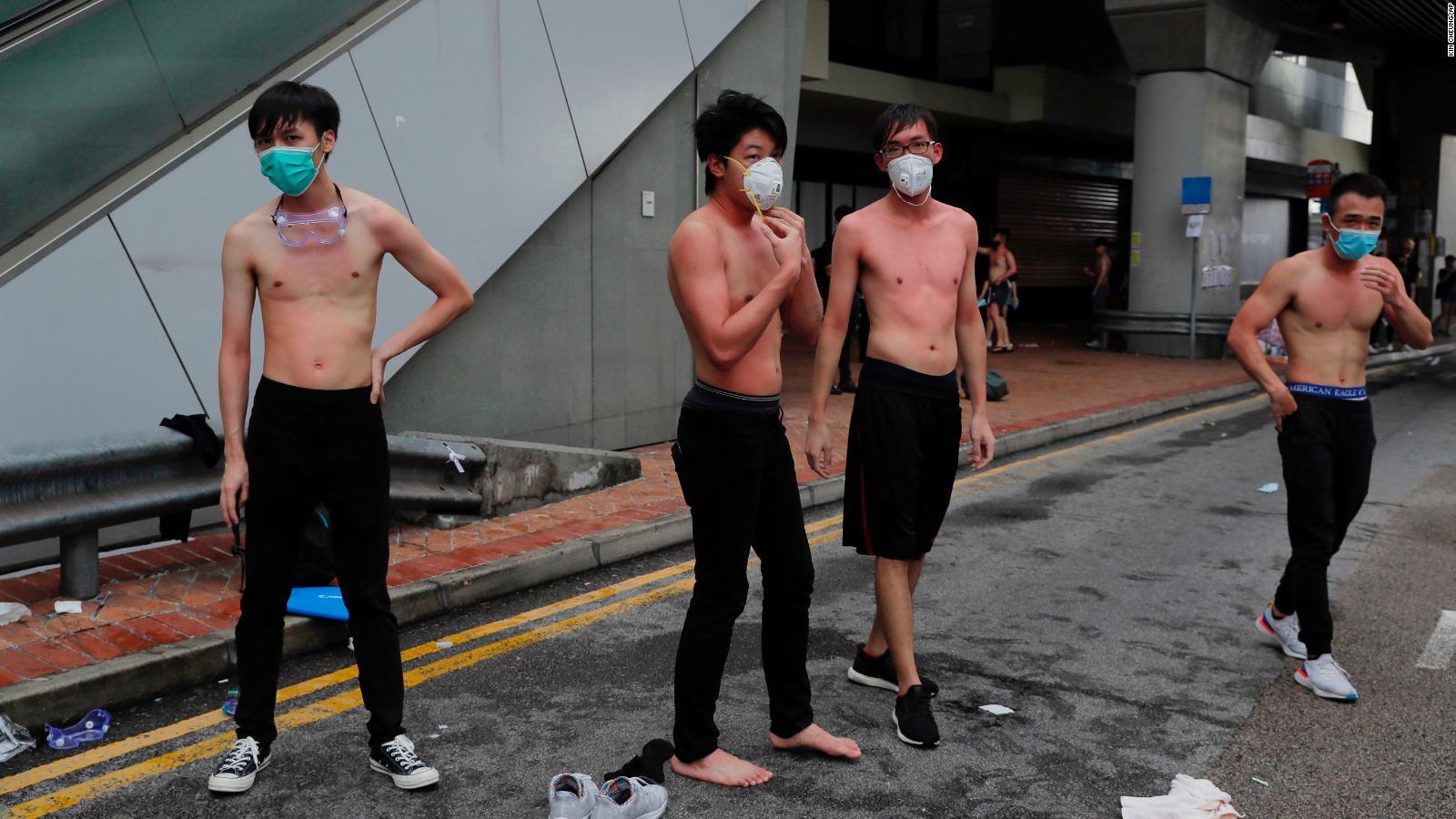KABUL, Afghanistan — A complex attack including a car-bombing and militant assault killed at least 40 people in Kabul on Monday, badly damaging a private war museum and adjoining television station, officials said.
The attack came as American and Taliban negotiators were to meet for a second day in Qatar amid hopes for a deal on an American troop withdrawal. But the pace of violence in the 18-year Afghan war has only picked up, with each side increasing attacks.
A senior Kabul defense official put the death toll at six security force members, with another 20 of them wounded, and 34 civilians, with at least 63 civilians wounded. He spoke on condition of anonymity because he was not authorized to release the information. There were reports that children were among the victims, but it was unclear whether they had been visiting the museum, or were hurt in a nearby school that collapsed from the force of the explosion, which was heard throughout Kabul.
Officials said that attackers were still holed up in a nearby ministry of defense building that they had run to after the bomb explosions.
The Taliban claimed responsibility for the attack, according to a Twitter message on the account of the Taliban spokesman, Zabihullah Mujahid, and said that a logistics and engineering unit of the ministry of defense was the intended target.
“According to some reports, some civilians slightly have been wounded,” the spokesman said. “But civilians were not the target.”

Nasrat Rahimi, the spokesman for the interior ministry, said that a car bomb detonated near the museum and television complex, after which attackers entered a defense ministry building, where they were fighting with security forces who had surrounded them.
There were unconfirmed reports that journalists were among the victims, as well as reports that the actual target was a government facility nearby. The Taliban have recently threatened Afghan journalists; in a statement a week ago that drew widespread condemnation, the insurgents said journalists who did not stop publishing what they considered anti-Taliban propaganda would be considered legitimate targets.
Shamshad TV, a leading Pashto-language outlet, shares a compound with the Organization for Mine Clearance and Afghan Rehabilitation museum, or OMAR museum. The museum has war matériel from Afghanistan’s long conflict, going back to Soviet times, ranging from Russian helicopters to T-55 tanks.
But the centerpiece of its displays are the many anti-personnel and other mines planted through the country, which has more mines than anywhere else in the world, and which has lost 30,000 civilians to mines since 1989. Schoolchildren tour the museum, which in the past has received funding from the United States government, to educate them about the dangers of handling mines and explosive projectiles.
Fazel Rahim, the director of the museum, said Monday’s bombing had damaged the television station, which was also attacked by Islamic State gunmen in 2017.
“The poor Shamshad TV was destroyed again,” he said. “Some colleagues are wounded. I got out. The situation is bad.”
But Abid Ihsas, the news manager for Shamshad TV, said the station had been forced off the air by the blast but resumed broadcasting within 13 minutes.
At the museum, the largely outdoor exhibit houses British rifles, American cluster bomblets, Italian and Egyptian land mines, rusted artillery pieces, and dilapidated Soviet jet fighters in a cement-walled compound ringed by sandbags, barbed wire and a machine gun-mounted guard tower.
Almost all of the exhibits inside are painted with three letters “FFE,” or Free From Explosives.
The museum, opened in 2004 after the Taliban were run out of the capital three years earlier, gets around 1,000 visitors a year, but its contents hark back to an earlier period in Afghanistan’s long history of war. They include artifacts from the Soviet-led invasion and the brutal civil war that followed.
Glaringly absent from the displays are weapons and equipment from the American-led occupation since 2001 except for a few remnants of clusters bombs that were dropped in the early months of the war. (This is largely because the State Department has subsidized OMAR, spending $400 million since 2001 helping rebuild the museum and funding other demining programs across the country).
The United States military dropped roughly 1,228 cluster bombs in Afghanistan between October 2001 and March 2002, according to a Human Rights Watch report from December 2002. At least 60 civilians have been killed, along with the two de-miners, by the unexploded ordnance left behind.
A small glass case filled with the American munitions is what evidence remains, wedged near an Italian plastic anti-tank mine and some Russian rocket-propelled grenades.
What isn’t in the museum is spread out across roughly 1,000 square miles of the country: anti-personnel mines, anti-tank mines, explosive remnants of war and booby traps, according to a recent quarterly report by the Mine Action Program of Afghanistan.
Since 1989, more than 30,000 civilians have been wounded or killed by the explosive remains and de-miners have cleared nearly 1,800 miles of the country. That means Afghanistan won’t be cleared of buried explosives for decades.
“We are deminers. We are not talking about political issues, we’re showing what’s happening in Afghanistan,” Mr. Rahim said about the museum in an interview in late May.
And that’s also to stop more people from dying.
That’s why there is an aging YAK-40 Soviet airliner affixed to the museum’s roof. It serves as an ad hoc classroom, with airline seats plastered with the OMAR logo and a flat-screen TV.
Around 100 students, mostly children, sit in those seats a month, where they’re taught the dangers of unexploded munitions. What they look like. Not to touch them. Not to play with them. And what happens if you do. According to the mine action report, 161 boys and girls were wounded or killed by such devices between January and March 2019.
Menro, a 13-year-old in the sixth grade at Qahraman High School in Kabul, along with 34 other students, sat in the fuselage of the defunct jet on a recent simmering day in June. She had seen buried explosives in her village, read about them in books, but now she saw them, harmless, through a glass case.
“Now I have a clear picture of mines in my head,” she said. “I will talk about mines to my friends. I want them to know how dangerous mines are.”
https://www.nytimes.com/2019/07/01/world/asia/afghanistan-bombing-war-museum.html
2019-07-01 09:52:01Z
52780324078694





